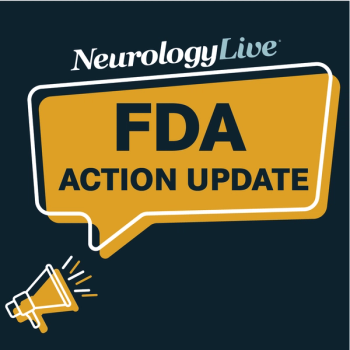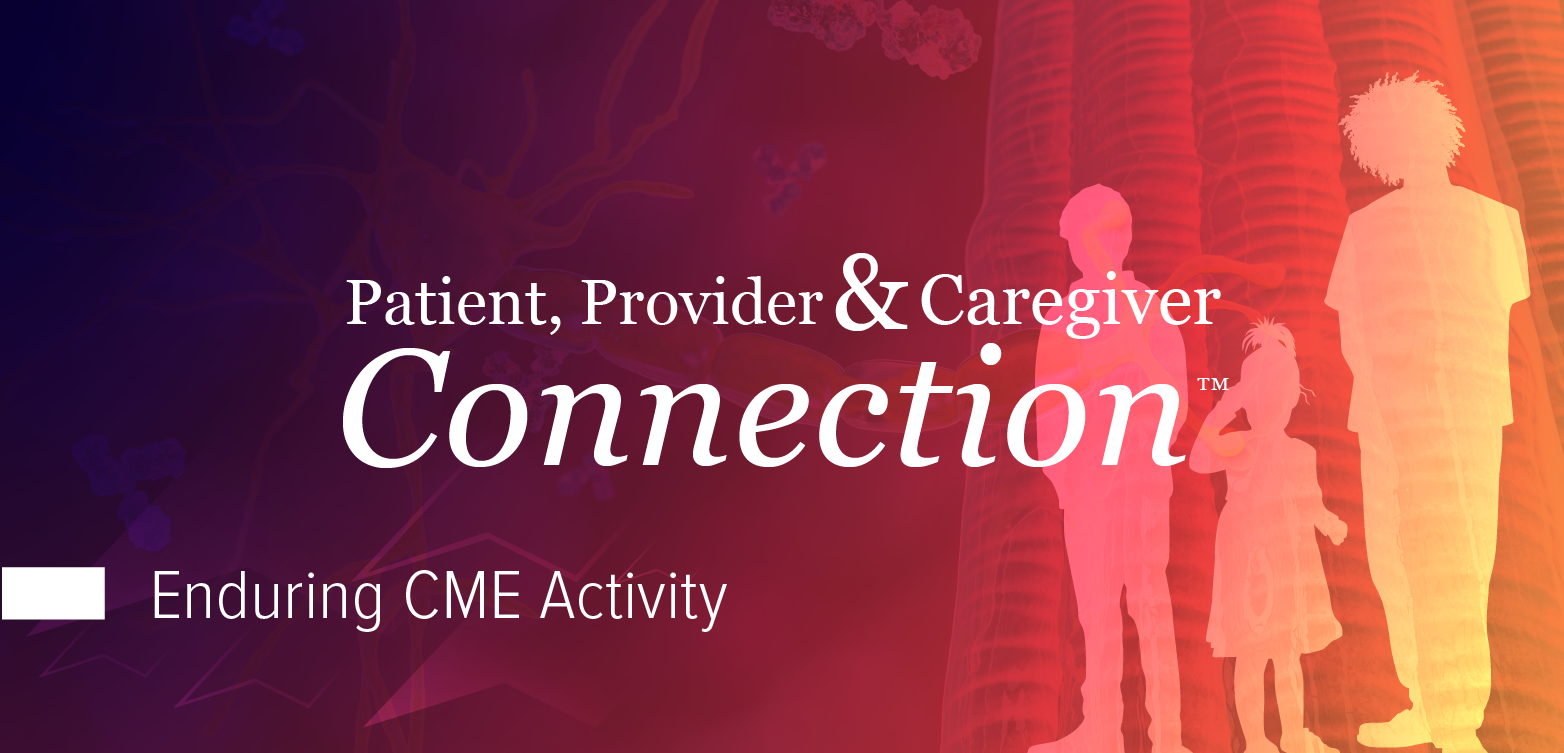
CGRP Therapy Atogepant Outperforms Topiramate in Head-to-Head TEMPLE Trial
Key Takeaways
- Atogepant outperformed topiramate in efficacy and safety, with fewer discontinuations due to adverse events in the TEMPLE trial.
- Secondary outcomes showed atogepant significantly reduced monthly migraine days and improved quality of life measures compared to topiramate.
Atogepant outperforms topiramate in migraine prevention, showcasing superior efficacy and safety in the phase 3 TEMPLE trial results.
Newly announced data from the phase 3 TEMPLE trial, a head-to-head study comparing atogepant (Qulipta; AbbVie) to topiramate (Topamax), 2 FDA-approved migraine medications, showed that atogepant met its primary end point, outperforming the anticonvulsant medication in both efficacy and safety measures.1
In this multicenter, double-blind, active-controlled trial, 545 patients with episodic or chronic migraine were randomly assigned to either atogepant or topiramate for a 24-week treatment period, followed by an open-label extension. All told, atogepant met its primary end point of tolerability, with fewer patients discontinuing treatment because of adverse events (AEs). Overall, 12.1% of atogepant-treated patients discontinued because of safety issues compared with 29.6% of those on topiramate, reflecting a relative risk of 0.41 (95% CI, 0.28-0.59; P <.0001).
"These TEMPLE data affirm recommendations from the American Headache Society and International Headache Society, highlighting the role of CGRP pathway inhibitors as first-line preventive treatment options for migraine," Roopal Thakkar, MD, executive vice president, research and development, chief scientific officer at AbbVie, said in a statement.1 "This study demonstrates our commitment to improving treatment options and advancing care standards for people living with this debilitating disease."
During TEMPLE, patients aged 18 and older with at least 4 or more migraine days per month underwent a 6-week up-titration phase and an 18-month maintenance phase where they received either 60 mg once daily or the highest tolerated dose of topiramate (ranging from 50 to 100 mg/day). Coming into the study, patients had a documented history of migraine, with or without aura, for at least 12 months, and did not have any prior history of topiramate or atogepant use. In addition, the trial excluded those with significant cardiovascular, cerebrovascular, hematologic, endocrine, pulmonary, renal, hepatic, gastrointestinal, or neurologic disease.
Between the 2 cohorts, atogepant outperformed topiramate on a number of secondary outcome measures, which included change in mean monthly migraine days, Headache Impact Test (HIT-6) scores, Migraine Specific Quality of Life Questionnaire, Patient Global Impression of Change, and Patient-Reported Outcomes Measurement Information System (PROMIS) Cognitive Function-Abilities Subset. In addition, 64.1% of atogepant-treated patients achieved at least 50% reduction in man monthly migraine days, a secondary end point, during months 4 and 6 of the double-blind period compared with 39.3% of those on topiramate (P <.0001).
"Far too often, people living with migraine struggle with meeting their treatment goals despite available and accessible preventive options," Jaclyn Duvall, MD, neurologist and founder of Headache Specialists of Oklahoma, said in a statement.1 "The TEMPLE data provide a patient-centered measure of treatment effectiveness by capturing both efficacy and tolerability, representing a meaningful way to evaluate the real-world impact of treatment persistence in migraine prevention."
Atogepant, a calcitonin gene-related peptide (CGRP)-targeting treatment, was first approved in September 2021 for the treatment of episodic migraine and later had its
As Thakkar alluded to, the data from TEMPLE further affirm recommendations from the American Headache Society (AHS) and International Headache Society that CGRP inhibitors may be effective as first-line preventive treatments for migraine. These recommendations,
The focused AHS position statement was grounded in several key factors, including growing evidence that CGRP plays a central role in migraine pathophysiology and that CGRP-targeting therapies are “migraine-specific.” These therapies have demonstrated a stronger overall evidence base for efficacy, safety, and tolerability than any previously established preventive treatments. Additionally, they are supported by robust data across multiple subgroups, including responder rates, patients with prior preventive treatment failures, individuals with acute medication overuse, and those with or without aura.
REFERENCES
1. AbbVie Announces New Data Demonstrating Atogepant (QULIPTA® / AQUIPTA®) Achieves Superiority Across All Endpoints in Phase 3 Head-to-Head Study Compared to Topiramate for Migraine Prevention. News release. AbbVie. June 18, 2025. Accessed June 18, 2025. https://news.abbvie.com/2025-06-18-AbbVie-Announces-New-Data-Demonstrating-Atogepant-QULIPTA-R-AQUIPTA-R-Achieves-Superiority-Across-All-Endpoints-in-Phase-3-Head-to-Head-Study-Compared-to-Topiramate-for-Migraine-Prevention
2. U.S. FDA Approves QULIPTA® (atogepant) for Adults With Chronic Migraine. News release. AbbVie. April 17, 2023. Accessed June 18, 2025. https://news.abbvie.com/article_display.cfm?article_id=12576
3. FDA Approves QULIPTA™ (atogepant), the First and Only Oral CGRP Receptor Antagonist Specifically Developed for the Preventive Treatment of Migraine. News release. AbbVie. September 28, 2021. Accessed June 18, 2025. https://news.abbvie.com/news/press-releases/fda-approves-qulipta-atogepant-first-and-only-oral-cgrp-receptor-antagonist-specifically-developed-for-preventive-treatment-migraine.htm?view_id=1531
4. Charles AC, Digre KB, Goadsby PJ, Robbins MS, Hershey A. Calcitonin gene-related peptide-targeting therapies are a first-line option for the prevention of migraine: an American Headache Society position statetment update. Headache. Published March 11, 2024. doi:10.1111/head.14692
Newsletter
Keep your finger on the pulse of neurology—subscribe to NeurologyLive for expert interviews, new data, and breakthrough treatment updates.



































